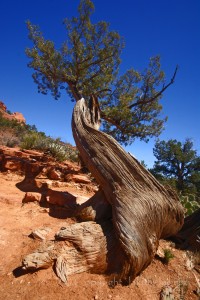 Under the Feet of Jesus brings the reader into the world of a migrant worker family suffering through the many hardships of poverty stricken piscadores. In this book author Helena María Viramontes exemplifies the struggles that these families must go through. A passage from the first chapter of this book truly made me picture what this family must be going through. This book was also very captivating due to the austerity of this migrant family. In this passage by Viramontes she explains how everything that happens to these people will affect them in the long run and are all important aspects for survival. She writes, “It was always a question of work, and work depended on the harvest, the car running, their health, the conditions of the road, how long the money held out, and the weather, which meant they could depend on nothing” (4). This quote was extremely eye opening because it made me realize that everything that would happen in these workers lives would have some type of impact on them. Whether it is the car breaking down or the harvest failing that year, everything depended directly on everything else. This way of living is very difficult due to the constant moving in search of some type of work and never being able to feel settled.
Under the Feet of Jesus brings the reader into the world of a migrant worker family suffering through the many hardships of poverty stricken piscadores. In this book author Helena María Viramontes exemplifies the struggles that these families must go through. A passage from the first chapter of this book truly made me picture what this family must be going through. This book was also very captivating due to the austerity of this migrant family. In this passage by Viramontes she explains how everything that happens to these people will affect them in the long run and are all important aspects for survival. She writes, “It was always a question of work, and work depended on the harvest, the car running, their health, the conditions of the road, how long the money held out, and the weather, which meant they could depend on nothing” (4). This quote was extremely eye opening because it made me realize that everything that would happen in these workers lives would have some type of impact on them. Whether it is the car breaking down or the harvest failing that year, everything depended directly on everything else. This way of living is very difficult due to the constant moving in search of some type of work and never being able to feel settled.
The lives that these migrant workers lived had a definite toll on their health. Viramontes wrote, “His skin was like the bark of a juniper tree” (4). Picturing this family struggling though the hardships of daily life and just being able to picture this man who has worked his entire lifetime in the fields during all types of weather conditions just shows how horrific life would be for a migrant worker. When I think of a “juniper tree” I think of the bark easily peeling back and the dryness that the tree offers. This reference of the juniper tree as compared to the fathers skin is remarkable because it made me think how strenuous it must be to live in those types of conditions. This exemplifies to the audience how tough life is for any person living in those conditions.

Thanks for bringing our attention to that amazing image of skin like the “bark of a juniper tree” (and thanks for posting a photo of a Juniper tree). You have identified one of many moments in the novel when the characters’ bodies are compared to aspects of the land, and vice-a-versa. For example, Estrella sees the railroad tracks stretching off into the distance and imagines them as her mother’s Caesarean scar (59), and later Petra’s veins are described as vines choking her legs (61). These are just a couple of examples — this kind of imagery appears throughout the novel. Why do you think this is the case? Why use this kind of imagery that so intimately links bodies and the land?